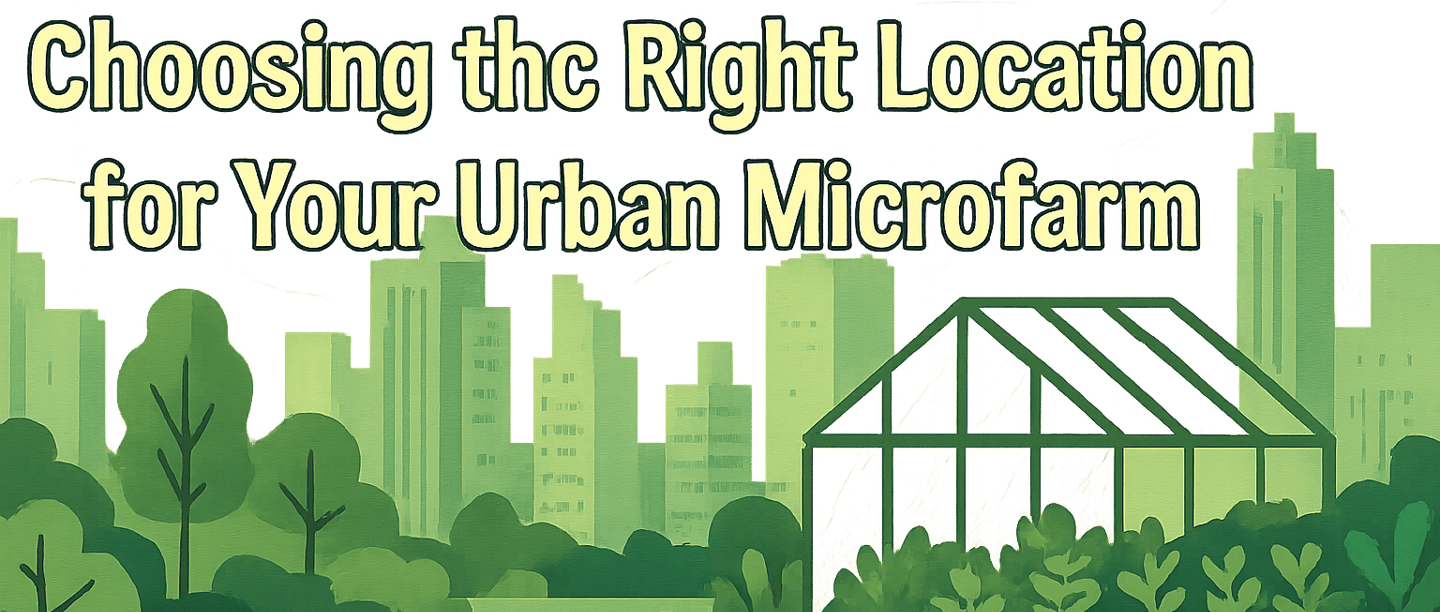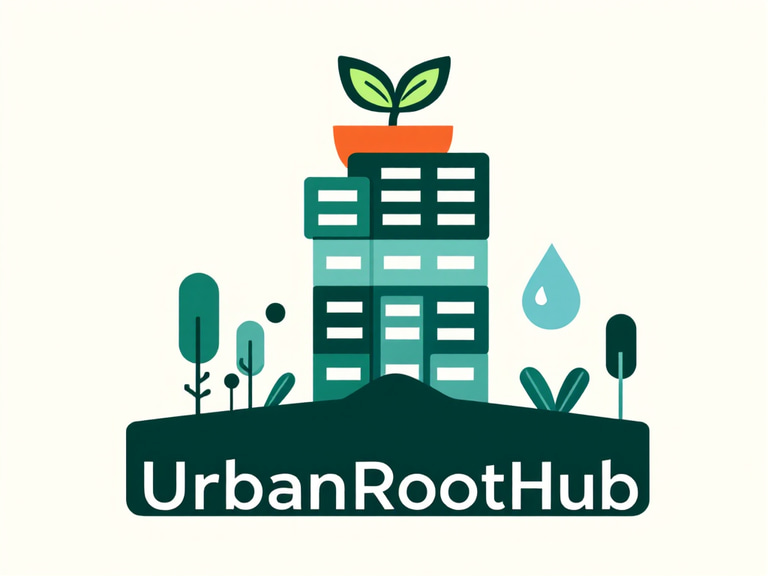How to Choose the Best Location for Your Urban Microfarm (2025 Guide)
Discover how to select the ideal location for your urban microfarm. Learn key factors, expert tips, case studies, and future trends to maximize your success in 2025 and beyond.
Joel L
3/30/20252 min read
Choosing the Right Location for Your Urban Microfarm: A Comprehensive Guide
Urban microfarming is transforming cities into sustainable, productive landscapes. But selecting the right location for your microfarm can make all the difference. This guide dives into essential factors, practical case studies, innovative solutions, and future trends to help you choose the ideal spot for your urban microfarm.
Why Urban Microfarming?
Urban microfarming involves cultivating small plots in city settings such as rooftops, balconies, vacant lots, or community spaces to grow fresh produce and enhance community well-being. Key benefits include:
Improved local food security
Reduced environmental impact
Boosted local economies
Strengthened community bonds
Enhanced biodiversity and greener urban environments
Critical Factors in Choosing Your Microfarm Location
Selecting an optimal urban farming location hinges on multiple dimensions:
Environmental Factors
Sunlight: Ensure at least six hours of direct sunlight daily.
Soil Quality: Test soil for contaminants; consider raised beds or hydroponics if needed.
Water Access: Reliable water sources (municipal, rainwater harvesting) are vital for sustained growth.
Sustainability Practices: Choose locations enabling eco-friendly practices such as composting and drip irrigation.
Economic Factors
Land Cost: Opt for underutilized spaces to minimize expenses.
Market Proximity: Sites near densely populated areas, restaurants, or farmers' markets improve profitability.
Infrastructure Costs: Evaluate essential setups like storage and irrigation systems.
Regulatory Compliance: Verify zoning laws and secure necessary permits early on.
Social Factors
Community Engagement: Locations near residential neighborhoods, schools, or community centers enhance involvement and educational opportunities.
Neighborhood Improvement: Transforming neglected spaces into vibrant microfarms improves aesthetics and social cohesion.
Logistical Factors
Accessibility: Sites should be conveniently located for transportation and distribution.
Space Optimization: Adopt vertical farming or container setups to maximize limited urban spaces.
Security: Establish safe, secure sites through community oversight and appropriate protective measures.
Real-World Urban Microfarm Success Stories
Brooklyn Grange, NYC: Utilizes rooftop spaces and strong community partnerships to thrive.
Lufa Farms, Montreal: Innovates through rooftop hydroponics, ensuring year-round produce delivery directly to consumers.
Detroit Urban Farming Initiative: Revitalizes vacant urban lots, improving food access and providing jobs.
These examples illustrate strategic location choices and innovative practices that overcome common urban farming challenges.
Overcoming Challenges with Innovative Solutions
Common urban farming challenges include limited space, soil contamination, regulatory hurdles, and resource limitations. Solutions include:
Vertical and Hydroponic Farming: Maximize productivity in small spaces while mitigating soil contamination risks.
Use of Underused Spaces: Convert rooftops, balconies, and vacant lots.
Policy Advocacy: Engage with local government for urban agriculture-friendly zoning.
Advanced Irrigation: Deploy smart sensors and rainwater harvesting to manage water efficiently.
Modular Farming Systems: Portable setups allow flexibility and scalability.
Future Trends Shaping Urban Microfarming
Emerging trends influencing urban farming include:
AI and Automation: Streamlining farming tasks for improved efficiency.
IoT and Sensor Technology: Enhancing real-time environmental monitoring.
Sustainable Design: Integration of renewable energy sources like solar power and innovative green architecture.
Community Gardens and Urban Beekeeping: Expanding social and ecological impacts.
Actionable Recommendations for Your Microfarm Location
Conduct Thorough Environmental Assessments: Prioritize sunlight, soil health, and water access.
Ensure Regulatory Compliance: Research zoning laws and secure necessary permits early.
Leverage Community Proximity: Enhance social impact and market access by choosing community-focused locations.
Innovate with Space: Embrace vertical farming and hydroponics to optimize urban space.
Prioritize Sustainability: Integrate organic practices, biodiversity enhancement, and resource-efficient infrastructure.
Economic Planning: Diversify income through direct sales, CSA memberships, and educational workshops.
Continuous Adaptation: Monitor farm performance, embrace technology, and adapt to trends for long-term success.
Final Thoughts
Choosing the right location for your urban microfarm requires careful consideration of environmental, economic, social, and logistical factors. By implementing innovative solutions, engaging community stakeholders, and staying ahead of emerging trends, urban microfarms can significantly contribute to creating sustainable, resilient, and thriving urban communities.


